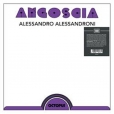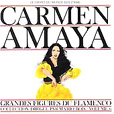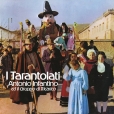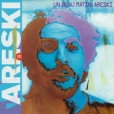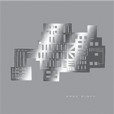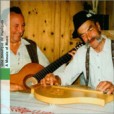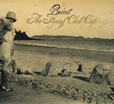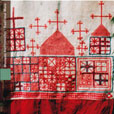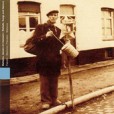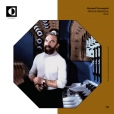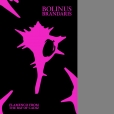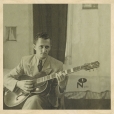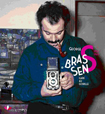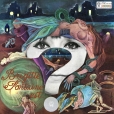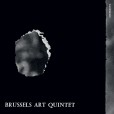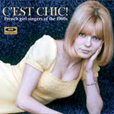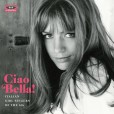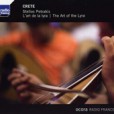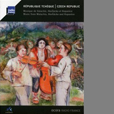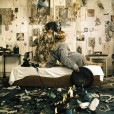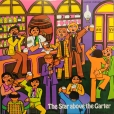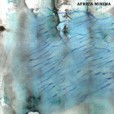Your basket is empty

The three main genres of Labë polyphony, all aiming for maximum emotional impact: vaj, lamenting life’s dramas; dashuri, love songs; historical epics.
AA is the close collaborator of Ennio Morricone. He’s worked with Bruno Nicolai, Nino Rota, Franco Micalizzi, Francesco De Masi… He says he wrote the Muppet Song (and that Piero Umiliani nicked his royalties). He whistled for Fellini.
Originally released by Octopus in 1975, Angoscia catches him at his creative peak.
Twelve enactments of mental distress. Anguish, dismay, desperation, uncertainty, pride, resignation, frustration, desolation, agony, prostration, obsession and — finally — fear.
Arnold Schoenberg’s in the house.
A barrel of laughs, then; warmly recommended.
Startling 1975 excursions into Tarantism — a kind of hysteria ostensibly triggered by spider bites, for which dancing is the only cure, with its own set of cultural traditions based in Basilicata, Apulia, Sicily.
Obsessive, hypnotic chants, rhythms, and drones, mixing together folk, avant-gardism, and psych, with shots of Dylan and North African drumming.
Mainly female vocal ensembles performing seasonal, child-bearing and wedding songs, with instrumental dance excursions by violin, reed-pipe, cymbalum, accordion and drum.
The key fifties recordings of the great anarchist songwriter. For Alex Kapranos — ‘his lyrics were more subversive than Dylan or the Sex Pistols and he wrote better tunes than either.’ Tremendous.
Her 1968 masterwork, arranged by Jean-Claude Vannier, originally released on Saravah. Approved by Brigitte, this expanded edition features the original album, newly remastered from the original tapes, along with a second album of demos, instrumentals, and a live rendition of Il Pleut recorded for France Inter/ORTF. With a twenty-page bilingual booklet, including an introduction by Laetitia Sadier, plus full lyrics and rare archival photos.
From 1969, the complete works of this collaboration between members of the mythical Babs Robert Quartet (Belgian spiritual jazz pioneers) and the jazz/rock/funk unit COS, closely affiliated with Marc Moulin, Kiosk and Placebo during the 1970s.
A holy grail of a jazz 45, musically bifocalising another two masterpieces in this format: Krzysztof Komeda’s Cul-De-Sac soundtrack and François Tusques’ Le Corbusier souvenir, with Don Cherry.
Great-fun, expertly-assembled, well-presented collection of ye-ye girl pop, featuring Francoise Hardy (of course) alongside BB, Anna Karina (from the Godard films) and co.
The lyra viol in heart-tugging, rug-cutting songs from the eastern Mediterranean, brilliantly performed by Stelios Petrakis.
Lullabies, carnival, work, wedding, shepherds’, bandits’ — music for singing, flutes, bagpipes, guimbards, fiddles and cymbalums.
Jarvis Cocker’s thrilled to bits — ‘Here, at last, is the the soundtrack to maybe THE underground film of all time in all its crazy daisy glory’. A mental cut & paste of Czech orchestras, folk, jazz and experimental sounds.
Library music by the Madlib favourite, originally released on the legendary Italian label FLIRT in 1975: sweetly naive pop exotica.
Startling, brilliant, minimalist experiments for percussion and electronics. Issued by Ayna as a tiny private pressing in 1972; re-mastered now from EM’s own master-tapes. Daring fun; warmly recommended.


